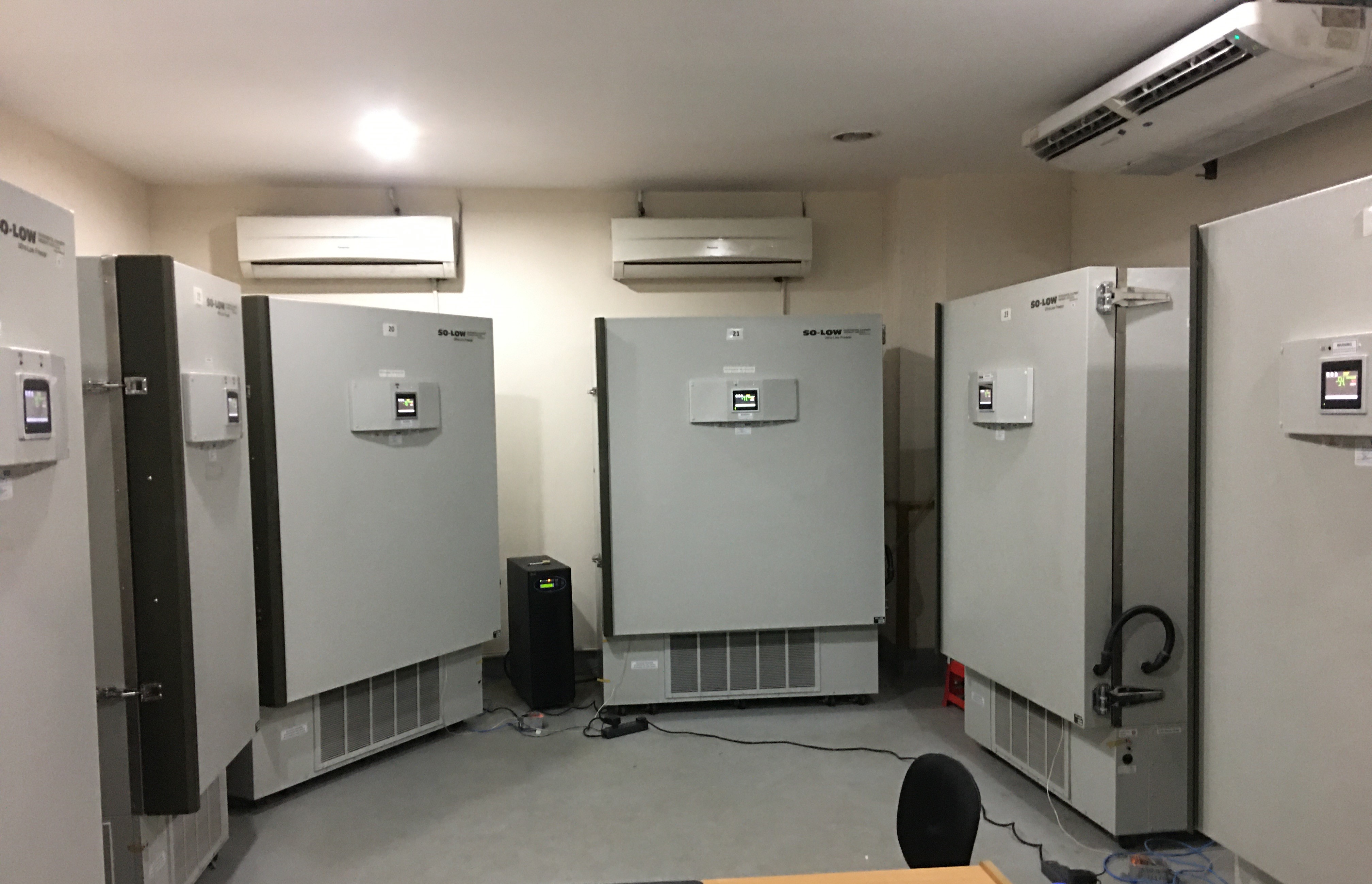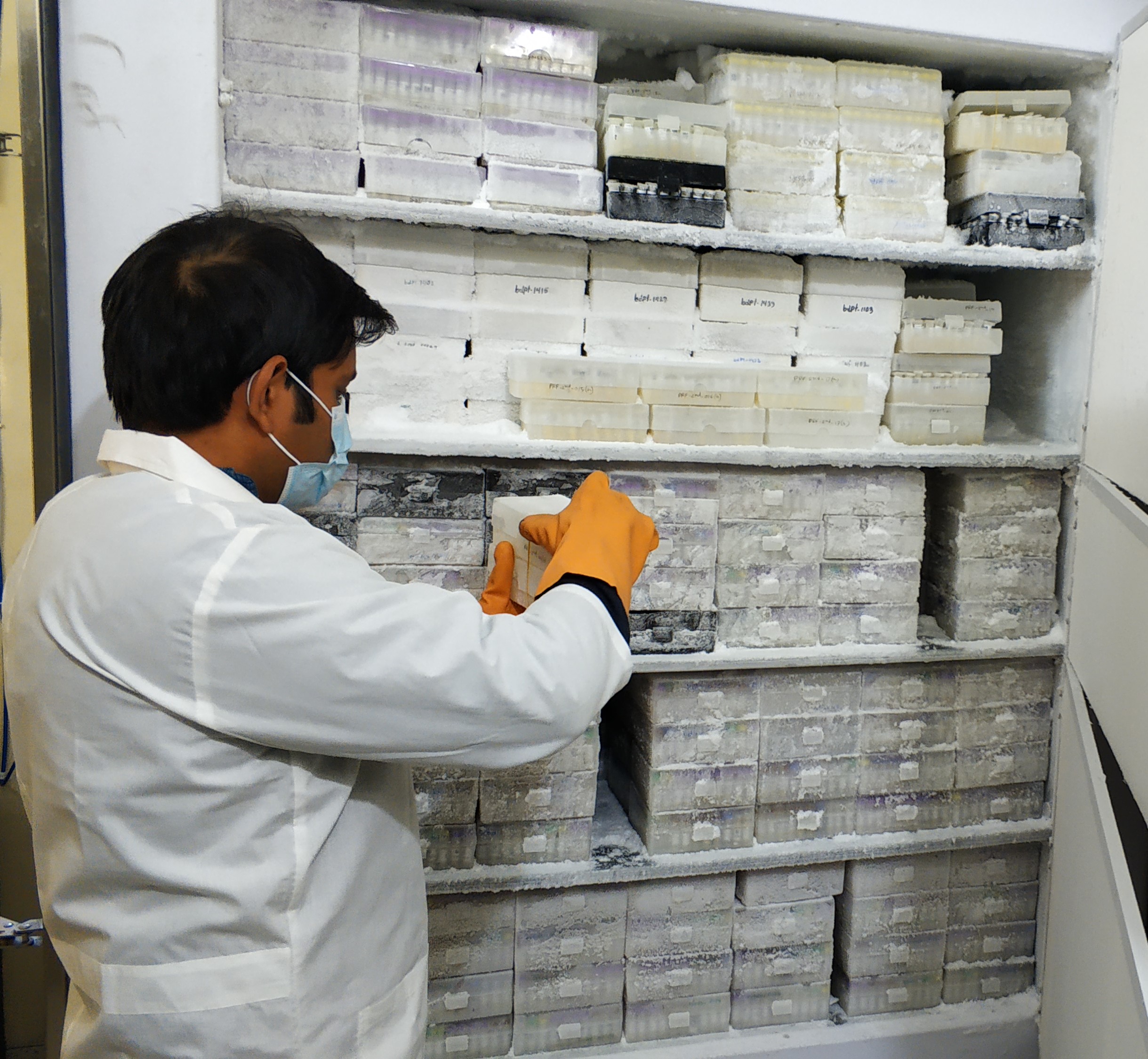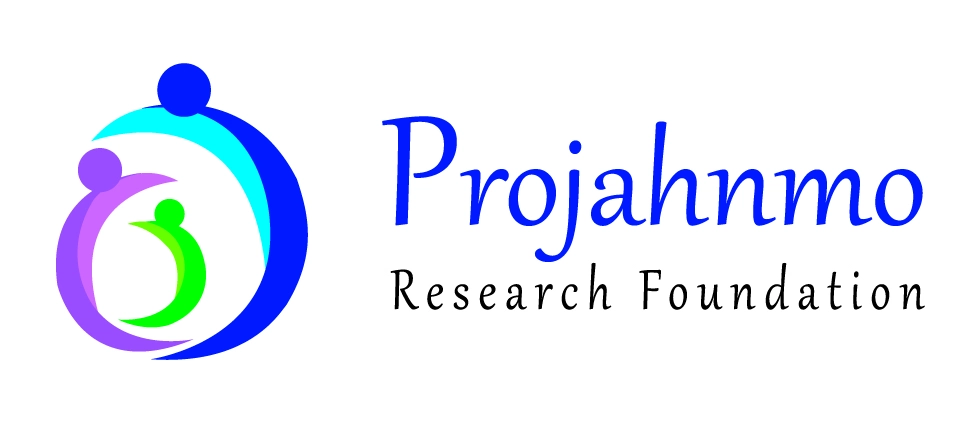
Projahnmo AMNAHI Biobank

AMANHI-Bangladesh Biobank

As part of the Alliance for Maternal and Newborn Health Improvements (AMANHI) study funded by the Bill and Melinda Gates Foundation (BMGF) through WHO, we have established biorepositories and collected data on relevant phenotypes, clinical outcomes, and co-variates in a well characterized population-based cohorts of 3,000 pregnant women and their children in Sylhet, Bangladesh. The overarching goal of the biobank is to facilitate discoveries of biomarkers of adverse pregnancy outcomes (maternal, fetal and neonatal health outcomes) as new and more feasible methods become available. An additional goal is to identify biological mechanisms underlying the causes of the adverse outcomes including preeclampsia, spontaneous preterm birth (sPTB), stillbirth and intrauterine growth restrictions (IUGR) to create a platform to generate new approaches to treatment and prevention.
We have enrolled 3,000 pregnant women and followed them up-to 42 days post-partum. We have completed this part of the study and now the children of the pregnant women enrolled in the cohort are being followed up for physical growth and child development. All pregnant women were identified through pregnancy surveillance conducted by making home visits every 2 months by trained community health workers (CHWs). Pregnancies were confirmed via strip–based pregnancy tests and dated through ultrasound scans carried out by trained ultrasonologists before 19 weeks of gestation. The biobank contains maternal blood and urine specimens collected two times during pregnancy (8-19 weeks and 24-28 weeks or 32-36 weeks of gestation) and once during postpartum period (Day 42 postpartum) as well as delivery samples. Trained phlebotomists obtained maternal and umbilical cord blood samples and generated aliquots of serum, plasma, and buffy coat for storage. We also have collected and stored newborn stool, , placental samples (trimmed tissue and membrane), maternal stool, and umbilical cord blood (fresh/clotted), tissue and membrane. When cord blood (fresh/clotted) collection was not possible, saliva was collected from newborns. In addition, we collected infant blood & stool at 12 months of age and saliva samples from biological fathers of the enrolled newborns. All samples were processed and stored in -80°C freezers. CHWs collected detailed phenotypic and epidemiological data from the pregnant women four times during pregnancy (at 8-19 weeks, 24-28 weeks, 32-36 weeks, and 38-40 weeks of gestation), at delivery and twice during postpartum period (<7 days and at 42 days). The biospecimens and phenotypic data collected during pregnancy, delivery, and postpartum are a tremendously valuable resource for facilitating discoveries of biomarkers for adverse maternal, fetal, and neonatal health outcomes.
Table 1: Summary of AMANHI Biospecimen in Projahnmo Biobank
| All Samples information of AMANHI study in PROJAHNMO Biobank | |||||
|---|---|---|---|---|---|
| Sample collection timepoints | Participant | Sample type | Total vial | Shared | Current vial in Biobank |
| Blood at antenatal-1_(24-28 weeks) | Mother (n=2287) | Serum | 13545 | 3090 | 10447 |
| Cytoff Tube | 333 | 219 | 114 | ||
| Buffy Coat | 2287 | 15 | 2271 | ||
| Plasma | 17396 | 2324 | 17187 | ||
| Blood at antenatal-2_(32-36 weeks) | Mother (n=473) | Plasma | 3588 | 433 | 3588 |
| Cytoff Tube | 138 | 21 | 117 | ||
| Buffy Coat | 473 | 0 | 473 | ||
| Serum | 2755 | 0 | 2755 | ||
| Blood at enrollment | Mother(n=2999) | Cytoff Tube | 498 | 249 | 249 |
| Plasma | 21824 | 3452 | 21061 | ||
| DNA Sample | 2829 | 903 | 1926 | ||
| Whatman Card | 2999 | 0 | 2999 | ||
| Buffy Coat | 2056 | 1893 | 163 | ||
| Serum | 16696 | 228 | 16595 | ||
| Blood at postnatal | Mother(n=2529) | Cytoff Tube | 420 | 234 | 186 |
| Buffy Coat | 2529 | 0 | 2529 | ||
| Serum | 13308 | 0 | 13308 | ||
| Plasma | 18378 | 0 | 18376 | ||
| Clotted cord blood at delivery | Newborn(n=567) | DNA Sample | 414 | 121 | 293 |
| Clotted Cord Blood Tube | 429 | 405 | 15 | ||
| Cord blood at delivery | Newborn(n=1488) | Buffy Coat | 830 | 823 | 6 |
| Whatman Card | 1488 | 827 | 661 | ||
| Plasma | 8001 | 1455 | 7987 | ||
| Serum | 5082 | 0 | 5081 | ||
| DNA Sample | 1974 | 621 | 1353 | ||
| Cytoff at 12month | Mother (n=55) | Cytoff Tube | 165 | 165 | 0 |
| Cytoff at 6month | Mother(n=57) | Cytoff Tube | 171 | 171 | 0 |
| Infant blood at 12 Month | Infant(n=1158) | Plasma | 6487 | 0 | 6487 |
| Buffy Coat | 1158 | 0 | 1158 | ||
| Serum | 4987 | 0 | 4984 | ||
| Whatman Card | 331 | 0 | 331 | ||
| Infant feces at 12 month | Infant(n=1198) | Infant Feces | 1198 | 0 | 1198 |
| Maternal stool at delivery | Mother(n=2581) | DNA Sample | 230 | 115 | 115 |
| Maternal Feces | 2466 | 10 | 2448 | ||
| Newborn blood within 72 hours of delivery | Newborn(n=713) | Whatman Card | 713 | 550 | 163 |
| Newborn saliva at postnatal | Newborn(n=553) | DNA Sample | 312 | 38 | 274 |
| Newborn Saliva | 449 | 404 | 32 | ||
| Newborn stool at postnatal | Newborn(n=2217) | DNA Sample | 516 | 258 | 258 |
| Newborn Feces | 1959 | 0 | 1950 | ||
| Paternal saliva | Father(n=2183) | Paternal Saliva | 2431 | 10 | 2406 |
| Placenta at delivery | Mother(n=2532) | Tissue with RNA Later (RNA8mmD2) | 2304 | 1 | 2273 |
| Flash Frozen Tissue (Sfreeze10mmABC) | 2532 | 50 | 2462 | ||
| Tissue with RNA Later (RNA8mmABC) | 2304 | 0 | 2257 | ||
| Cord with RNA Later (RNACords) | 2304 | 0 | 2255 | ||
| Flash Frozen Tissue (Sfreeze10mmD2) | 2532 | 5 | 2508 | ||
| Membrane with RNA Later (RNAMembrane) | 2304 | 0 | 2274 | ||
| Flash Frozen Cord (SfreezeCords) | 2532 | 0 | 2511 | ||
| Cord With Formalin (FormalinCord) | 2532 | 0 | 2512 | ||
| Tissue With Formalin (FormalinFullPunch) | 2532 | 185 | 2306 | ||
| Flash Frozen Membrane (SfreezeMembrane) | 2532 | 0 | 2507 | ||
| Membrane With Formalin (FormalinMembrane) | 2532 | 0 | 2514 | ||
| Tissue With RNA Later (RNA8mmD1) | 2304 | 139 | 2133 | ||
| Flash Frozen Tissue (Sfreeze10mmD1) | 2532 | 199 | 2311 | ||
| Urine at antenatal-1_(24-28 weeks) | Mother(n=2292) | Urine Sediment With RNA Later | 2292 | 0 | 2224 |
| Urine With Mineral oil | 2292 | 0 | 2291 | ||
| Raw Urine | 11460 | 50 | 11404 | ||
| Urine at antenatal-2_(32-36 weeks) | Mother(n=475) | Raw Urine | 2375 | 0 | 2375 |
| Urine With Mineral oil | 475 | 0 | 475 | ||
| Urine Sediment With RNA Later | 475 | 0 | 472 | ||
| Urine at enrollment | Mother(n=3000) | Urine Sediment With RNA Later | 3000 | 0 | 2990 |
| Urine With Mineral oil | 2999 | 0 | 2999 | ||
| Raw Urine | 15000 | 130 | 14869 | ||
| Urine at postnatal | Mother(n=2534) | Urine Sediment With RNA Later | 2534 | 0 | 2497 |
| Raw Urine | 12665 | 0 | 12665 | ||
| Urine With Mineral oil | 2534 | 0 | 2534 | ||
| Total | 253720 | 19793 | 240162 | ||
Collaboration with national and international laboratories for assay
We have already established collaboration with several national and international laboratories for different assays of the stored biospecimens. Our current collaborators are as below:
| 1. Cincinnati Children’s Hospital Medical Center | 2. University of California San Francisco | 3. SERA Prognostics | 4. Johns Hopkins University-Epigenetic study |
|---|---|---|---|
| 5. Sapient Bioanalytics | 6. Johns Hopkins University- Metal Study | 7. The University of IOWA | 8. Stanford University |
| 9. Mayo Clinic | 10. Johns Hopkins University- SGA Study | 11. Virology lab at icddr,b | 12. Immunobiology, Nutrition and toxicology lab at icddr,b |
| 13. MAX-PLANCK institute of Biochemistry | 14. The Aga Khan University |
